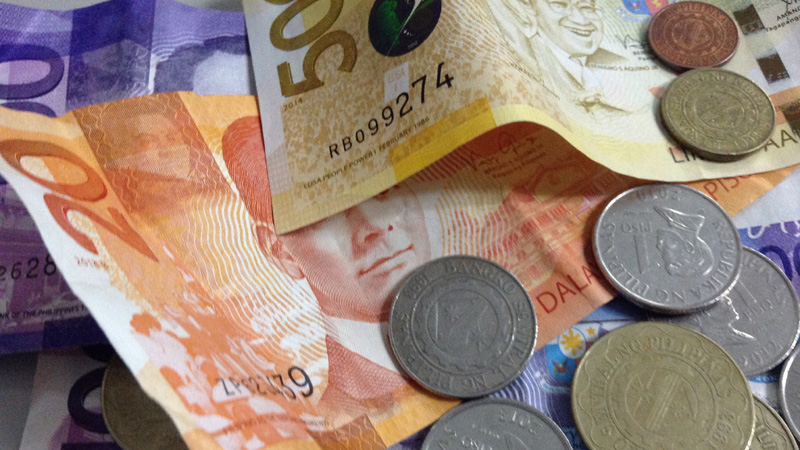
Bangko Sentral ng Pilipinas (BSP) data showed the peso’s volatility, or the magnitude of fluctuation against the US dollar, jumped to 0.58 percent between July 1 and Oct. 4.
At the start of the year, volatility was at a lower 0.35 percent. Optimism continued in early July, when volatility was at a low of 0.16 percent.
During the July 4 to Oct. 4 period, the peso also depreciated 2.72 percent against the US dollar.
Only the Malaysian ringgit’s depreciation of 3.15 percent was faster than the peso.
In the same period, the Singapore dollar depreciated 1.85 percent; the Japanese yen, 0.37 percent; and the Chinese yuan, 0.18 percent.
On the other hand, the Thai baht, Indonesian rupiah and South Korean won strengthened against the US dollar, appreciating by 0.88 percent, 1.06 percent and 3.37 percent, respectively.
BSP Deputy Governor Diwa C. Guinigundo said it’s “quite obvious” that the peso’s performance in the past few months was “sentiment-driven, rather than based on the good macro fundamental basis.”
“Even the issue of promoting a more orderly society, which is essential to sustainable economic growth, is sidelined because of certain statements of the President,” Guinigundo added.
Observers say President Duterte’s controversial remarks directed against leaders of major trading partners and foreign aid donors such as the United States, the European Union and the United Nations have been turning off investors.
“These pronouncements are now equated with ‘unpredictable’ policy without paying due attention to the fact that the 10-point program of the government remains live, being pursued in the legislature and reflected in the national budget for 2017,” Guinigundo said, referring to the Duterte administration’s 10-point socioeconomic agenda aimed at slashing the poverty incidence to 17 percent by 2022 from 26 percent at present.
Last week, BMI Research said a jittery market mainly due to “uncertainty regarding President Duterte’s policy trajectory” could push the peso to 50:$1 level in the next three to six months.
“We believe the sudden weakening of the peso in September has been driven largely by deteriorating investor sentiment triggered by Duterte’s rhetoric about disrupting ties with the US and other major allies, over criticism of his administration’s hard-line stance on the war on drugs in the country,” Fitch Group’s research arm said.
Short-term investors also pulled out more money in the first three weeks of September. The latest BSP data showed that during the period Sept. 1 to 23, the country recorded a net outflow of foreign portfolio investments or “hot money” worth $785.8 million.